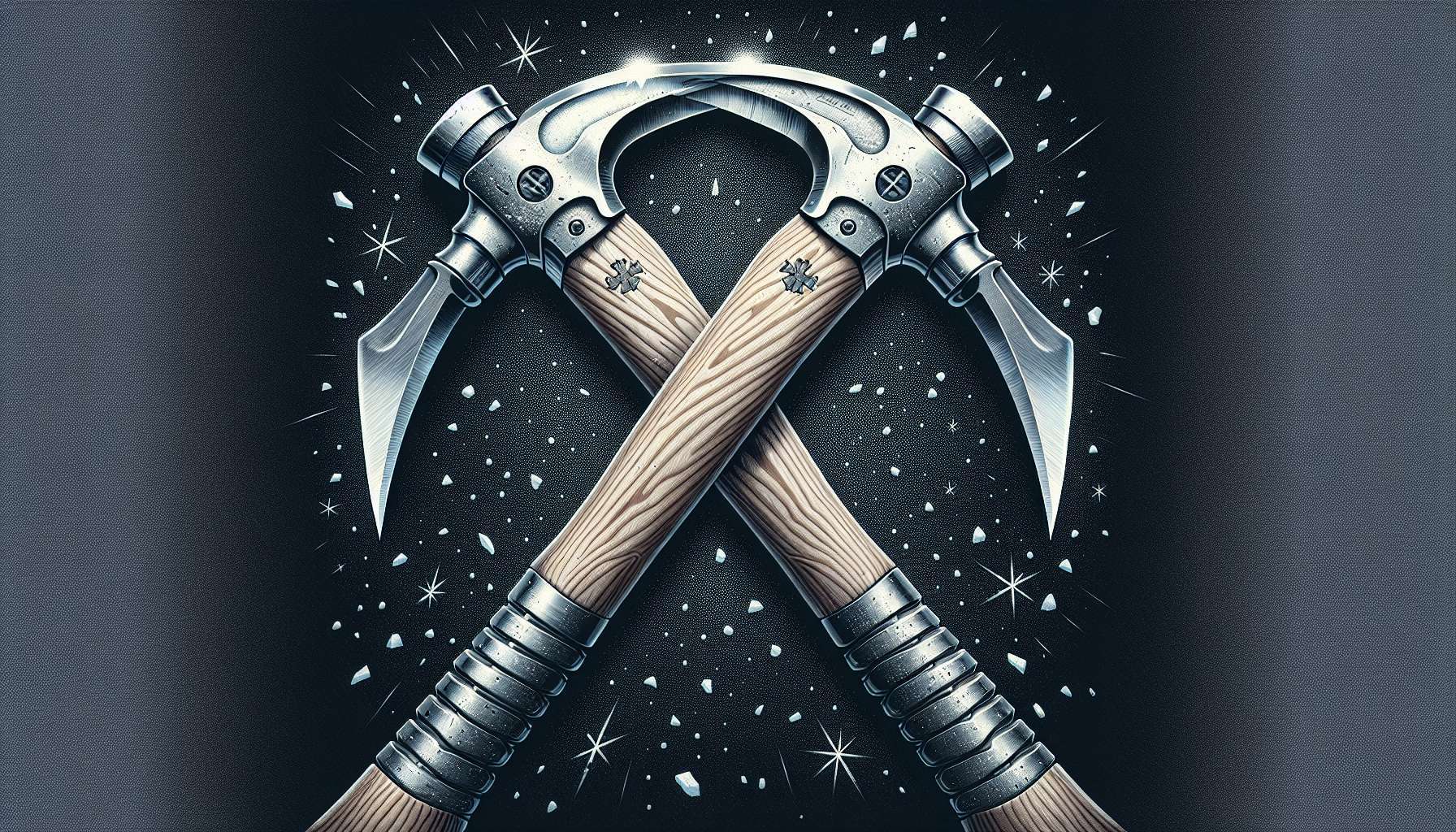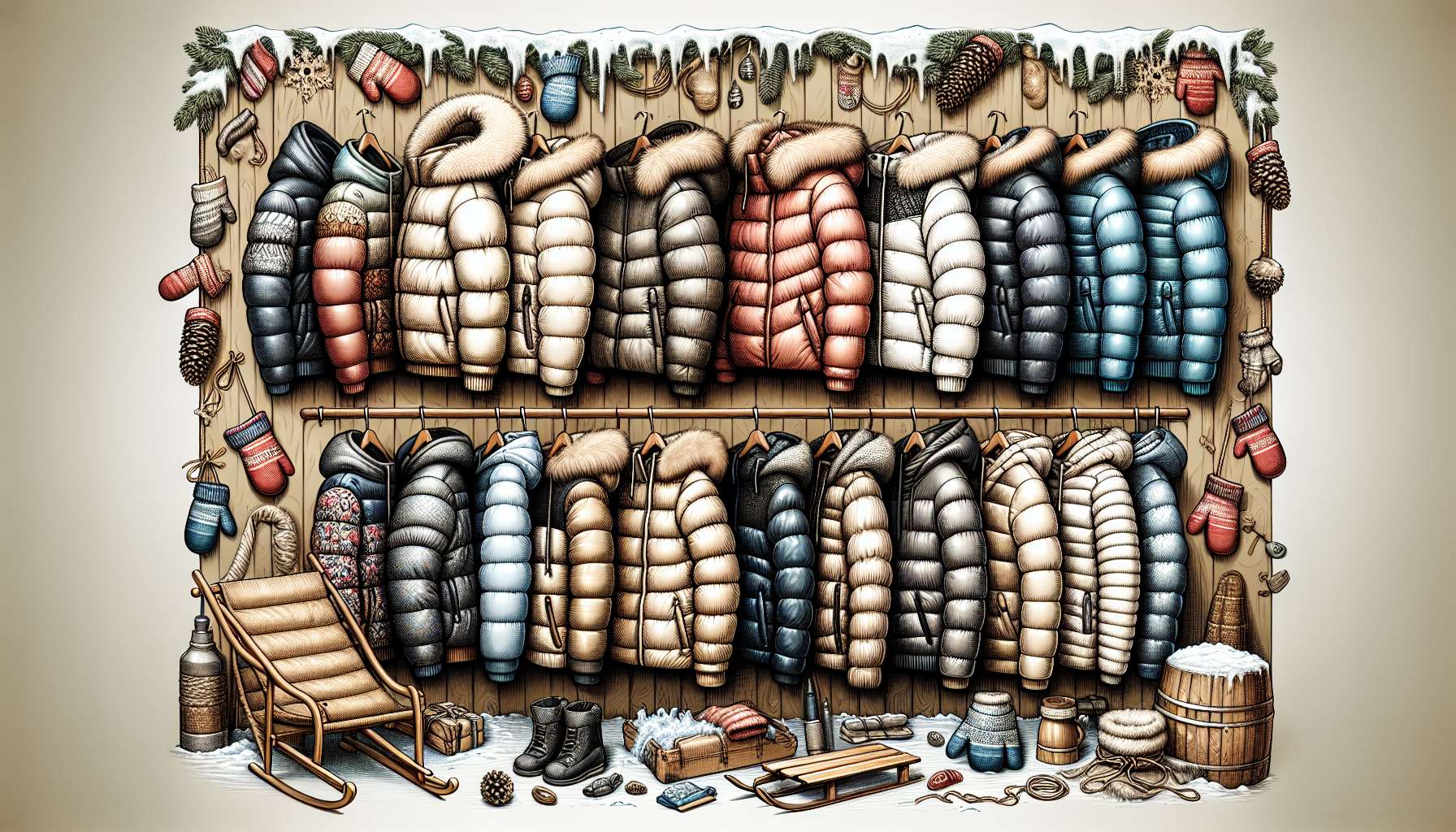Unveiling the Mysteries of Ice Axes: A Comprehensive Guide
Ice climbing, mountaineering, and winter trekking these adventurous activities wouldn’t be the same without a crucial tool that has been a constant companion for explorers and climbers for centuries: the ice axe. Often seen as a simple yet powerful tool, the ice axe has a rich history and a range of uses that go beyond just providing stability on icy terrains. In this in-depth guide, we’ll delve into the world of ice axes, exploring their origins, evolution, modern applications, and the controversies that surround them.
The History of Ice Axes
The roots of the ice axe can be traced back to the early days of mountaineering when climbers needed a reliable tool to navigate through snow and ice-covered landscapes. The first ice axes were simple wooden poles with metal tips, used primarily for support and stability. Over time, these tools evolved into the modern ice axes we see today, with ergonomic designs, lightweight materials, and specialized features for different climbing styles.
One of the most significant developments in the history of ice axes was the introduction of the curved pick by legendary climber Yvon Chouinard in the 1960s. This innovative design revolutionized ice climbing by providing better grip and penetration on icy surfaces, paving the way for more technical and challenging ascents.

The Anatomy of an Ice Axe
Understanding the components of an ice axe is essential for climbers and adventurers who rely on this tool for safety and stability in challenging environments. A typical ice axe consists of several key parts, each serving a specific purpose:
- Head: The metal part of the axe that includes the pick and the adze.
- Pick: The sharp, pointed end of the axe used for penetrating ice.
- Adze: The flat, blade-like end of the axe used for cutting steps in ice.
- Shaft: The long handle of the axe, usually made of aluminum or carbon fiber.
- Grip: The part of the shaft where the climber holds the axe, often designed for comfort and stability.
Each component of the ice axe plays a crucial role in its functionality, allowing climbers to navigate through icy terrain with precision and control. Modern ice axes come in a variety of designs and configurations to meet the diverse needs of climbers, from alpine enthusiasts to technical ice climbers.
Types of Ice Axes
Ice axes are not one-size-fits-all tools; they come in different types and styles to suit the specific requirements of various climbing activities. Some common types of ice axes include:
- Mountaineering Ice Axes: Versatile tools designed for general mountaineering and alpine climbing.
- Technical Ice Axes: Specialized tools with curved picks and aggressive designs for steep ice and mixed climbing.
- Alpine Ice Axes: Lightweight and minimalist axes for fast-and-light alpine ascents.
Choosing the right type of ice axe depends on the terrain, climbing style, and personal preferences of the climber. It’s essential to consider factors like weight, length, and features when selecting an ice axe for a specific adventure.
Uses of Ice Axes
Ice axes have a wide range of applications beyond simply climbing icy slopes. Here are some common uses of ice axes in outdoor activities:
- Self-Arrest: Ice axes are essential for self-arrest maneuvers, allowing climbers to stop a fall on snow or ice.
- Anchor Building: Ice axes can be used to build anchors in snow or ice for belaying and rappelling.
- Cutting Steps: The adze of an ice axe is useful for cutting steps in hard-packed snow or ice for better traction.
- Assisted Climbing: Ice axes can provide additional support and stability during challenging climbs or traverses.
Whether you’re ascending a frozen waterfall, traversing a glacier, or navigating a snowy ridge, the ice axe is a versatile tool that can help you stay safe and secure in demanding environments.
The Controversy of Ice Axes
While ice axes are essential tools for many climbers and mountaineers, they have also sparked controversy in the outdoor community. One of the primary concerns surrounding ice axes is their environmental impact, particularly when used in fragile alpine ecosystems.
Some critics argue that the use of ice axes can damage delicate ice formations, disrupt wildlife habitats, and contribute to the degradation of alpine environments. As a result, there have been calls for responsible climbing practices and the preservation of pristine wilderness areas where ice axes are used.
Another point of contention is the safety of using ice axes in challenging conditions. While ice axes can provide crucial support and stability, improper use or reliance on the tool without proper training can lead to accidents and injuries. Climbers are advised to undergo training in ice axe techniques and safety protocols to mitigate risks and ensure a safe climbing experience.
Expert Opinions on Ice Axes
To gain insight into the world of ice axes and their significance in climbing culture, we reached out to renowned mountaineer and expedition leader, Alex Honnold. According to Honnold, “Ice axes are like extensions of a climber’s body, providing the precision and control needed to conquer challenging terrain. Choosing the right ice axe for the job can make all the difference in a successful ascent.”
With years of experience in high-altitude climbing and technical ice routes, Honnold emphasizes the importance of proper training and equipment selection when using ice axes in extreme conditions. His advice for aspiring climbers is to practice ice axe techniques in controlled environments and seek guidance from experienced climbers to hone their skills.
Common Misconceptions About Ice Axes
Despite their essential role in climbing and mountaineering, ice axes are often misunderstood by those outside the outdoor community. One common misconception is that ice axes are solely used for chopping ice, similar to a traditional axe. In reality, ice axes are versatile tools that provide stability, support, and safety on various types of terrain, not just ice.
Another misconception is that ice axes are outdated tools, overshadowed by modern climbing equipment like ice screws and crampons. While advancements in gear have expanded the options available to climbers, the ice axe remains a fundamental tool in a climber’s arsenal, offering unmatched versatility and reliability in challenging conditions.
FAQs About Ice Axes
Q: Can I use a regular axe instead of an ice axe for climbing?
A: No, regular axes are not suitable for climbing on ice or snow-covered terrain. Ice axes are specifically designed with features like picks and adzes for navigating icy conditions safely.
Q: How do I choose the right ice axe for my climbing style?
A: Consider factors like the type of terrain you’ll be climbing, your experience level, and personal preferences when selecting an ice axe. Consult with experienced climbers or gear experts for recommendations based on your specific needs.
To Wrap Things Up
Ice axes have been indispensable tools for climbers and adventurers for centuries, offering stability, support, and safety in challenging environments. From their humble origins as simple wooden poles to the modern, specialized tools we use today, ice axes have played a crucial role in the history of mountaineering and exploration.
As climbers continue to push the boundaries of what is possible in the mountains, the ice axe remains a symbol of perseverance, skill, and adventure. Whether you’re a seasoned alpinist or a beginner exploring icy landscapes for the first time, the ice axe is a trusted companion that will help you reach new heights and overcome obstacles along the way.
So, the next time you venture into the frozen wilderness, remember the legacy of the ice axe and the countless climbers who have relied on this essential tool to conquer the world’s most challenging peaks. Stay safe, stay prepared, and embrace the spirit of adventure with an ice axe by your side.




